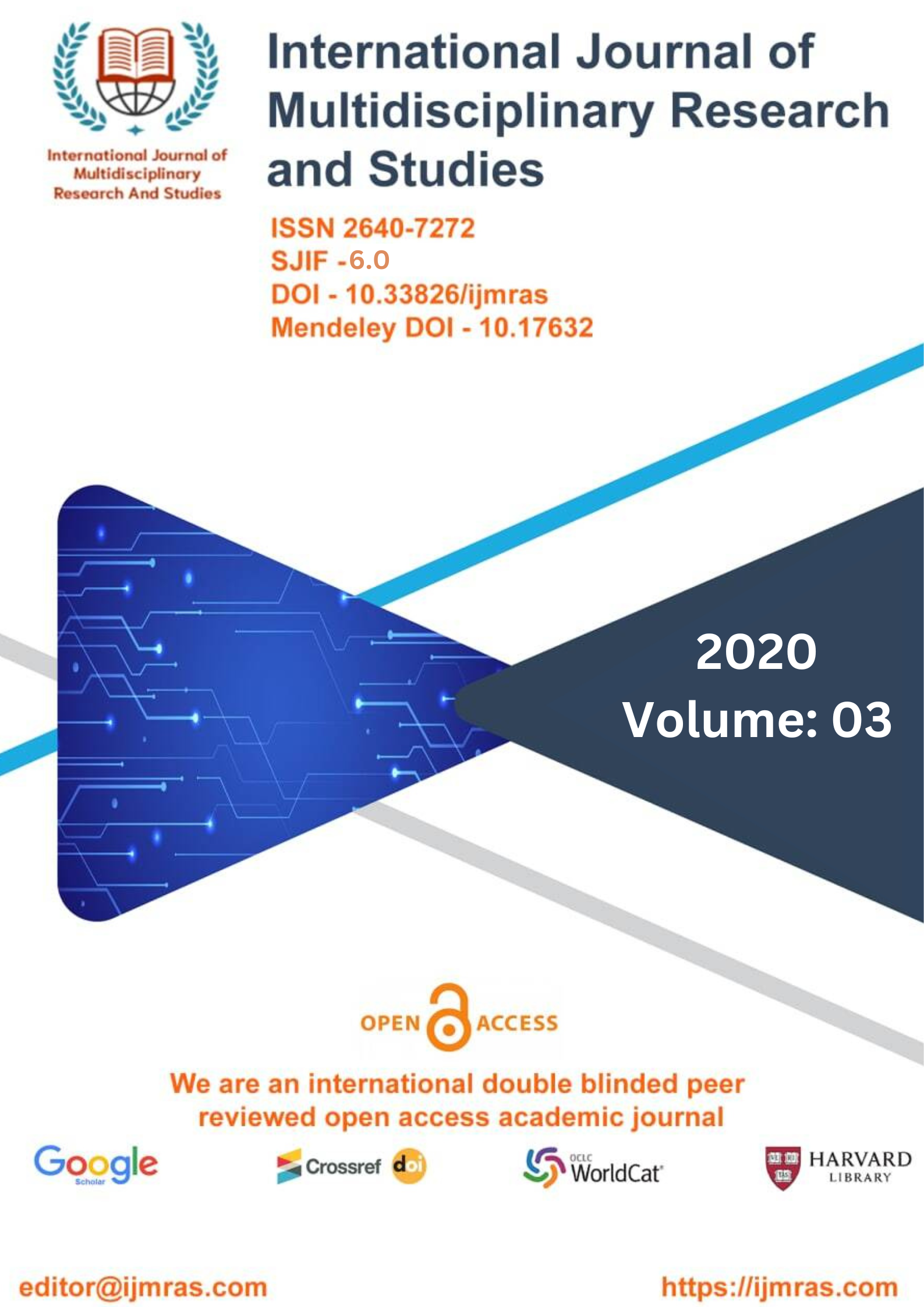A STUDY OF THE EFFECT OF DIFFERENT EXTRACT OF MEDICINAL PLANTS ON HUMAN HEALTH

Abstract
In the past thirty years, there has been a significant rise in the number of people using herbal supplements and treatments. The use of herbal medicine as a treatment for a variety of ailments has shown both promising and beneficial possibilities. Herbal and phytoconstituent medicines are gaining popularity all over the world, and an increasing number of individuals are turning to herbal treatments as a means of treating a variety of health conditions. The emergence of antimicrobial resistance as a result of the irresponsible use of antibiotics presents a challenge for human civilization on a scale that has never been seen before. Infections caused by bacteria are notoriously difficult to treat because of the tendency of germs to develop resistance to a diverse array of antimicrobial medications. The potential antibacterial activity of new compounds is being investigated and measured in an effort to find substances with few or no adverse effects. Researchers from all around the world are looking at the wide variety of medicinal plants that are referred to in Unani, Ayurveda, and Siddha. PubMed, Research Gate, Science Direct, and Google Scholar are examples of well-known and widely acclaimed global databases that were searched with a variety of search strings. Indian medicinal plants, multidrug resistance (MDR), thin layer chromatography (TLC), antimicrobials, and synergism were used in a variety of combinations to reclaim numerous citations associated with this field. As a result, the purpose of this study is to throw some light on the knowledge of medicinal plants as a possible basis for herbal medications and to illustrate how synergism and TLC bioautography play a significant part in the process of discovering antimicrobial chemicals.
Keywords
medicinal, plants, human, healthHow to Cite
References
Rana V, Thakur K, Sood R, Sharma V, Sharma TR. Genetic diversity analysis of Tinospora cordifolia germplasm collected from northwestern Himalayan region of India. J Genet. 2012;91:99–103. [PubMed] [Google Scholar]
Parthipan M, Aravindhan V, Rajendran A. Medico-botanical study of Yercaud hills in the eastern Ghats of Tamil Nadu, India. Anc Sci Life. 2011;30:104–9. [PMC free article] [PubMed] [Google Scholar]
The Ayurvedic Pharmacopoeia of India. Part I. 1st ed. Vol. 1. New Delhi: Department Of AYUSH, Ministry of Health and FW; 2001. pp. 53–5. [Google Scholar]
Upadhyay AK, Kumar K, Kumar A, Mishra HS. Tinospora cordifolia (Willd.) Hook. f. and Thoms. (Guduchi)-validation of the Ayurvedic pharmacology through experimental and clinical studies. Int J Ayurveda Res. 2010;1:112–21. [PMC free article] [PubMed] [Google Scholar]
Rout GR. Identification of Tinospora cordifolia (Willd.) Miers ex Hook F & Thomas using RAPD markers. Z Naturforsch C. 2006;61:118–22. [PubMed] [Google Scholar]
Sharma U, Bala M, Kumar N, Singh B, Munshi RK, Bhalerao S. Immunomodulatory active compounds from Tinospora cordifolia. J Ethnopharmacol. 2012;141:918–26. [PubMed] [Google Scholar]
Patel SS, Shah RS, Goyal RK. Antihyperglycemic, antihyperlipidemic and antioxidant effects of Dihar, a polyherbal ayurvedic formulation in streptozotocin induced diabetic rats. Indian J Exp Biol. 2009;47:564–70. [PubMed] [Google Scholar]
Gupta R, Sharma V. Ameliorative effects of Tinospora cordifolia root extract on histopathological and biochemical changes induced by aflatoxin-b (1) in mice kidney. Toxicol Int. 2011;18:94–8. [PMC free article] [PubMed] [Google Scholar]
Jagetia GC, Rao SK. Evaluation of the antineoplastic activity of guduchi (Tinospora cordifolia) in ehrlich ascites carcinoma bearing mice. Biol Pharm Bull. 2006;29:460–6. [PubMed] [Google Scholar]
Patel MB, Mishra S. Hypoglycemic activity of alkaloidal fraction of Tinospora cordifolia. Phytomedicine. 2011;18:1045–52. [PubMed] [Google Scholar]
Ly PT, Singh S, Shaw CA. Novel environmental toxins: Steryl glycosides as a potential etiological factor for age-related neurodegenerative diseases. J Neurosci Res. 2007;85:231–7. [PubMed] [Google Scholar]
Karpova EA, Voznyi Ya V, Dudukina TV, Tsvetkova IV. 4-Trifluoromethylumbelliferyl glycosides as new substrates for revealing diseases connected with hereditary deficiency of lysosome glycosidases. Biochem Int. 1991;24:1135–44. [PubMed] [Google Scholar]
License
Copyright (c) 2020 RANJAN PRABHAKAR

This work is licensed under a Creative Commons Attribution 4.0 International License.
Individual articles are published Open Access under the Creative Commons Licence: CC-BY 4.0.



